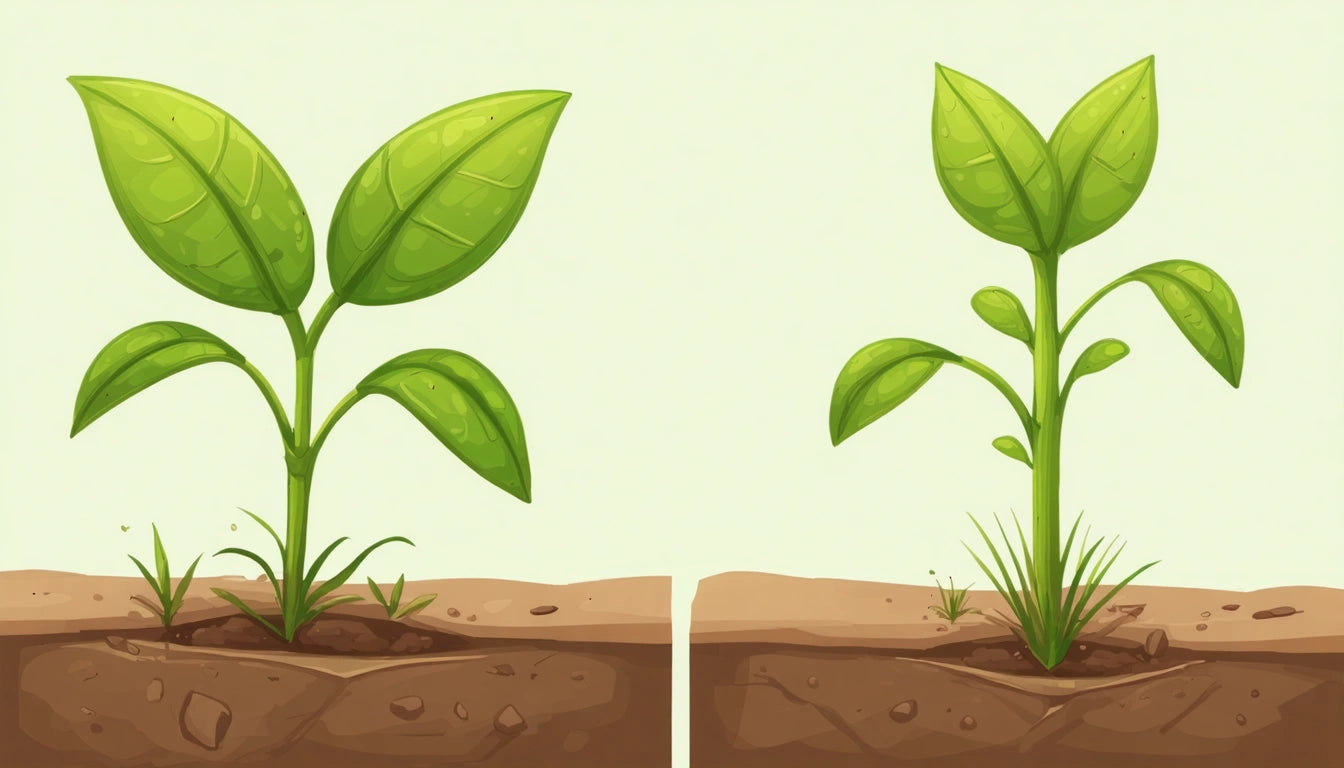Table of Contents
- Indica vs. Sativa: Understanding the Fundamental Differences
- Orange Crush Strain: Indica or Sativa Classification
- Push Pop Strain Profile: Genetic Lineage and Effects
- Wedding Crasher Strain: Hybrid Characteristics and Benefits
- Orange Creamsicle Strain: Terpene Profile and Classification
- Strain Preservation Techniques for Optimal Experience
Understanding Indica vs. Sativa: A Guide to Popular Cannabis Strains
Cannabis classifications have traditionally fallen into three main categories: indica, sativa, and hybrid. These distinctions help consumers predict effects and choose products that align with their desired experience. While modern cannabis science has evolved beyond simple categorizations, understanding these classifications remains valuable for both newcomers and experienced users navigating the expanding world of cannabis strains.
Indica vs. Sativa: Understanding the Fundamental Differences
Historically, cannabis plants were classified based on physical characteristics and geographic origin. Indica varieties, native to harsh mountainous regions like the Hindu Kush, developed as shorter, bushier plants with broader leaves. Sativa varieties, originating in equatorial regions, grew taller with narrower leaves to maximize sun exposure and airflow in humid conditions.
These physical differences correlate with different cannabinoid and terpene profiles that influence effects. According to our comprehensive guide on indica and sativa characteristics, these classifications provide a starting framework for understanding strain effects:
- Indica effects: Often associated with relaxation, body-heaviness, and sedation
- Sativa effects: Typically linked to cerebral stimulation, creativity, and energy
- Hybrid effects: Balanced combinations of both indica and sativa characteristics
Modern understanding recognizes that effects come from complex interactions between cannabinoids, terpenes, and individual physiology rather than simply plant morphology.
Orange Crush Strain: Indica or Sativa Classification
Orange Crush strain is predominantly sativa-dominant, typically with a 60-80% sativa genetic profile. This popular strain descends from California Orange and Blueberry genetics, inheriting the uplifting qualities of its sativa lineage while retaining some relaxing effects from its indica ancestry.
Key Characteristics of Orange Crush:
- Bright citrus aroma with sweet orange notes
- Energizing, mood-elevating effects
- Moderate THC levels (15-20% average)
- Distinct orange flavor profile
For those seeking daytime functionality with mood enhancement, Orange Crush represents a classic sativa-dominant option that provides energy without overwhelming intensity. Its balanced nature makes it accessible to both recreational and medicinal users.
Push Pop Strain Profile: Genetic Lineage and Effects
Push Pop strain is an indica-dominant hybrid, typically consisting of approximately 70% indica and 30% sativa genetics. This dessert strain comes from crossing Gelato and Kush Mints, creating a sweet, creamy flavor profile with notable potency.
As our strain comparison guide explains, indica-dominant hybrids like Push Pop tend to offer:
- Relaxing body effects with moderate cerebral stimulation
- Higher THC content (often 20-25%)
- Sweet, dessert-like flavor profiles
- Evening or nighttime suitability
Push Pop's indica dominance makes it popular for stress relief and relaxation without complete sedation, striking a balance that appeals to experienced consumers seeking potent effects with functional qualities.
Wedding Crasher Strain: Hybrid Characteristics and Benefits
Wedding Crasher strain represents a balanced hybrid, with an approximately 50/50 indica-sativa split. Created by crossing Wedding Cake and Purple Punch, this strain embodies the modern approach to hybrid development, targeting specific effects and flavor profiles rather than strictly adhering to traditional classifications.
Wedding Crasher's Balanced Profile:
- Sweet, berry, and vanilla flavor notes
- Euphoric mental effects paired with physical relaxation
- Versatile usage potential for various times of day
- Moderate to high THC levels with notable terpene content
True hybrids like Wedding Crasher demonstrate why the indica-sativa spectrum has become more nuanced, as breeders select for specific attributes across traditional boundaries. For consumers, this means more predictable and targeted experiences.
Orange Creamsicle Strain: Terpene Profile and Classification
Orange Creamsicle strain falls into the sativa-dominant hybrid category, typically with a 60% sativa and 40% indica genetic ratio. This delicious strain comes from crossing Orange Crush with Juicy Fruit, creating a nostalgic flavor reminiscent of the frozen treat.
According to our analysis of popular fruity strains, Orange Creamsicle's terpene profile contributes significantly to its effects:
- Limonene: Provides mood elevation and stress relief
- Myrcene: Adds relaxing qualities to balance the sativa energy
- Linalool: Contributes to the creamy, sweet aroma
This strain exemplifies how modern cannabis breeding focuses on specific terpene profiles to create targeted effects beyond simple indica or sativa classifications. The result is a balanced experience that provides mental stimulation without anxiety or jitters.
Strain Preservation Techniques for Optimal Experience
Regardless of classification, preserving the unique characteristics of any cannabis strain requires proper storage and humidity control. Terpenes, which give strains their distinctive aromas and contribute to their effects, are volatile compounds that degrade when exposed to improper conditions.
To maintain the intended indica, sativa, or hybrid effects of premium strains, many consumers and dispensaries use specialized humidity control products that create an optimal environment for cannabis storage. These solutions help preserve terpene profiles and potency, ensuring the experience matches the strain's intended classification.
When exploring strains like Orange Crush, Push Pop, Wedding Crasher, or Orange Creamsicle, understanding not just their classification but also how to maintain their quality becomes essential for experiencing their true characteristics. The intersection of proper storage techniques with strain knowledge represents the evolution of cannabis connoisseurship beyond basic indica vs. sativa distinctions.
As the cannabis industry continues to mature, strain classifications will likely evolve toward more specific effect and terpene profiles rather than traditional indica-sativa categories. This consumer-focused approach provides more accurate guidance for selecting products based on desired experiences rather than plant morphology alone.











Leave a comment
All comments are moderated before being published.
This site is protected by hCaptcha and the hCaptcha Privacy Policy and Terms of Service apply.